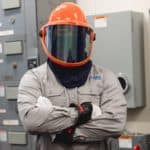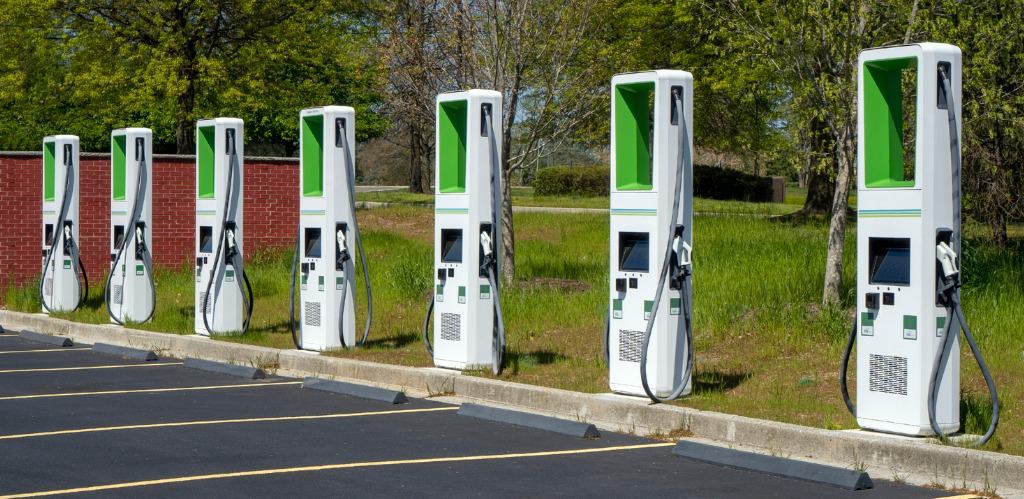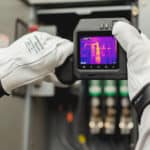Preparing for a power emergency is a fairly straightforward process. The first step in preparing for a generator installation is making sure you follow local and federal guidelines which means getting the appropriate permits for an industrial/commercial unit. A generator specialist along with an electrical engineer will determine what size, fuel type and consumption is right for your business.
Once you get the permits and determine what size and specification are required, installation is a relatively quick process. Units can be customized to fit most structural challenges and can be hidden away from public view in a basement, roof or in the back of a building. Units can also be sound attenuated with enclosures to reduce noise.
There are factors to be considered during the design process: location, loads supplied, and fuel source to name a few. Location can affect the lifespan of the system – interior systems tend to have longer lifespans than their exterior counterparts. It can also affect the safety and enjoyment of the occupants. Poorly designed systems can create unnecessary noise, smells, and fumes in occupied areas.
The loads supplied by the commercial generator should be evaluated to determine if more (or less) is needed or desired. Greater loads can increase this size of the generator and, consequently, its footprint. Additionally, larger generators need more airflow and ventilation, larger exhaust piping, and have greater fuel requirements.
When disaster hits, too often people are found wondering how such bad luck could have happened upon them. The reality is that the lucky ones are the individuals who prepared beforehand. As the adage reminds us, “Luck is what happens when preparation meets opportunity”. No matter what business you’re in, it is a good idea to insure your livelihood against disaster strikes. It is better to have peace of mind and never use a generator versus being left unprepared.
Commercial generator installation or replacement requires careful planning, proper budgeting, and partnering with a qualified team of professional engineers and contractors. Neglecting any of these can have significant impacts on cost, liability, and occupant satisfaction. Let SEAM Group assist you with your backup generator plans.
Recent SEAM Group Project: Target #0219 Abilene, TX generator replacement. Removed and replaced 60kW natural gas fired emergency generator in internal space. Replaced exhaust stack & transfer switch. Demolition of old housekeeping pad and poured new pad.





